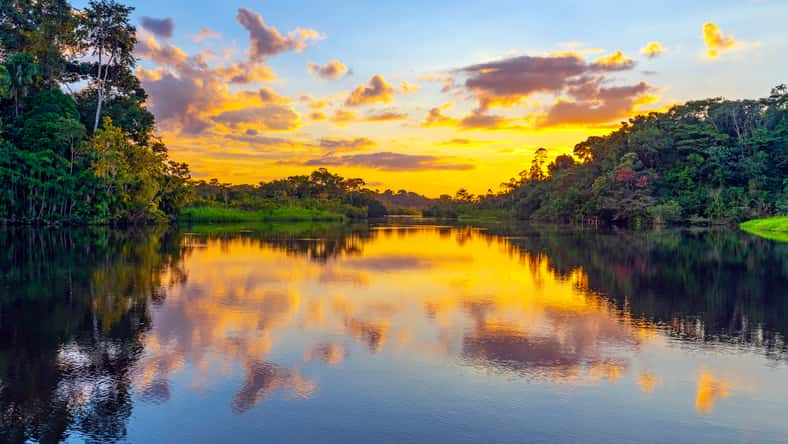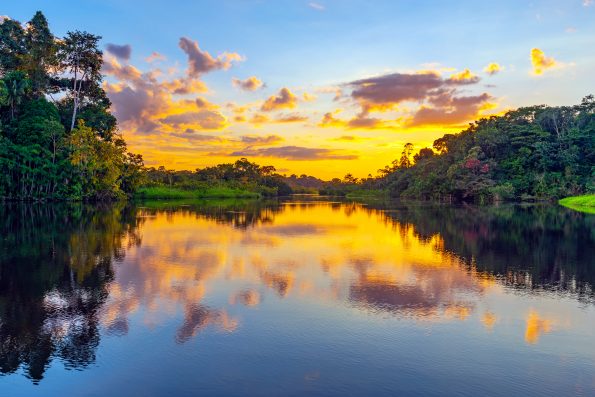A Tragic Drought In The Brazilian Amazon Recently Led To The Discovery Of Ancient Rock Facial Carvings That May Be Up To 2,000-Years-Old

If you’re a big fan of learning about ancient times and the lives of the people who came way, way before us, this story will certainly interest you.
A severe drought in the Brazilian Amazon recently led to water levels dropping so low that an incredibly old rock with ancient facial carvings on it was exposed.
If you didn’t know, the Amazon is experiencing a tragic, historic drought. Experts believe a combination of climate change and deforestation has caused the drought. Because of the drought, many villages and towns have had their food and water supplies cut off.
As a result of the drought, there has also been a devastating series of wildfires and a significant loss of animal life from the lowering water levels. An estimated number of over 480,000 lives have been affected by the drought as of mid-October.
In certain regions, the water levels have been the lowest they’ve been in over 100 years. One of those regions is right near Ponto das Lajes, the archaeological site where this ancient rock has been discovered and its ancient facial carvings unearthed.
Researchers in the area had seen parts of the rock in the past, around 2010, when the Amazon started facing a similar drought.
But recently, as the waters have receded all the way down to 13 meters, more of the fascinating carvings have been exposed. They believe these carvings could be up to 2,000 years old. Imagine that!
While the carvings still remain fairly understudied, they are pretty amazing to look at. They’re like sculptures representing human faces.
Some look more like ovals, and others like rectangles. While they’re not very detailed, they give us a glimpse into what life was like for those living in ancient times and the tools they would use.

SL-Photography – stock.adobe.com – illustrative purposes only
On the same rock, researchers studied a smoother surface on one side, which they believe was a spot where Indigenous people would sharpen their tools.
Researchers will only have a brief window of time to study these rock carvings, as some scientists are saying the effects of the drought should last until December, although for the sake of local residents and wildlife, we hope they end much sooner.
If true crime defines your free time, this is for you: join Chip Chick’s True Crime Tribe
Sign up for Chip Chick’s newsletter and get stories like this delivered to your inbox.
More About:News





